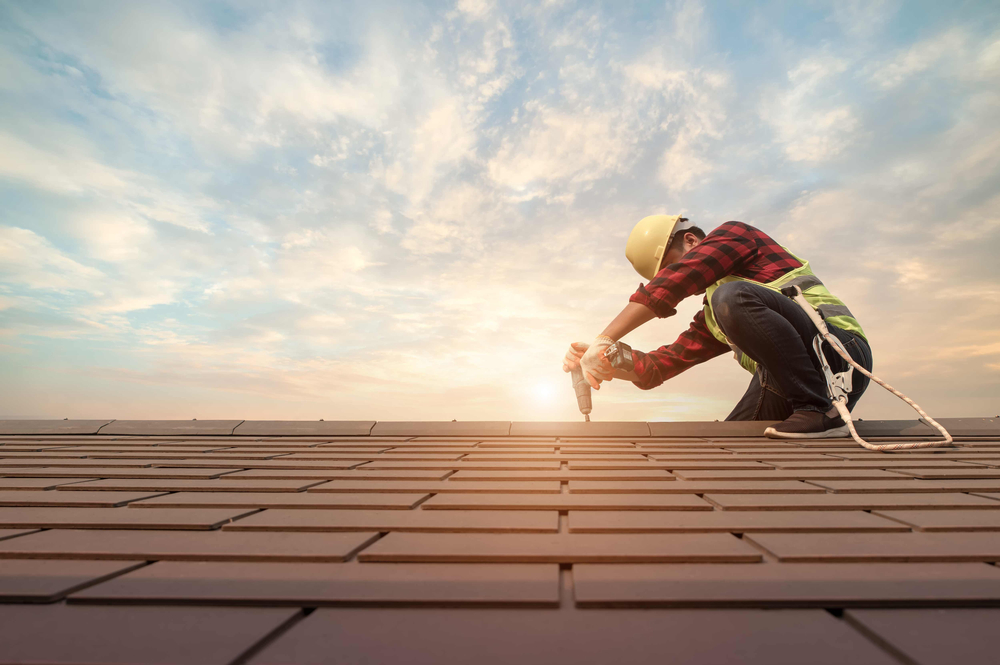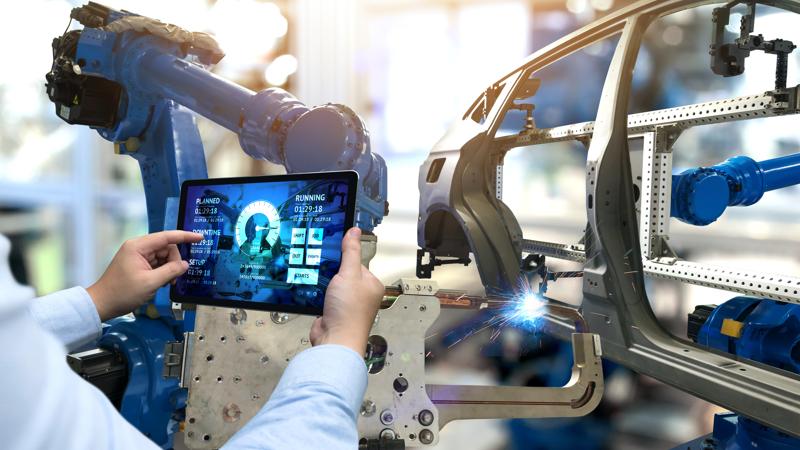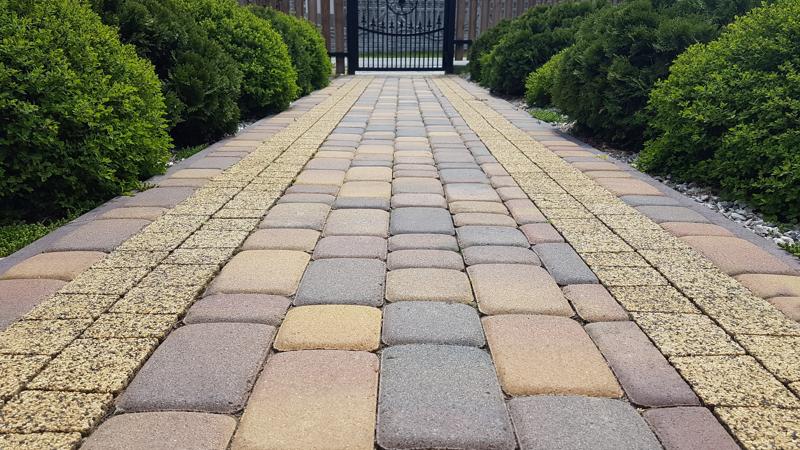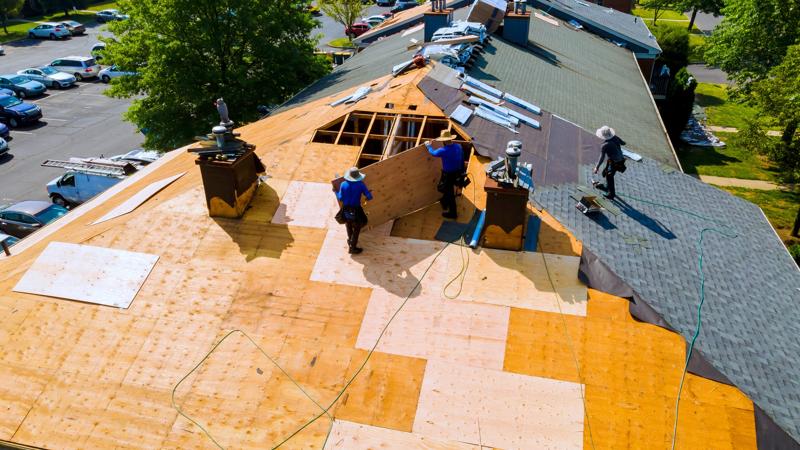3d Printed Buildings
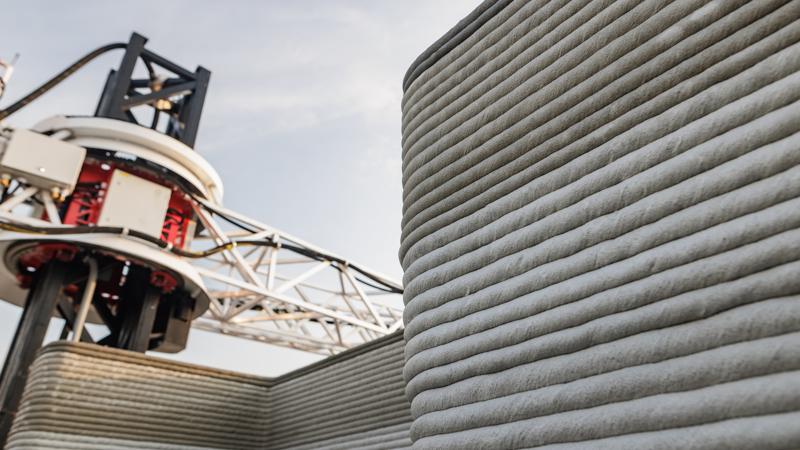
3D Printed Buildings: The Future of Construction
The world of construction is evolving at a breathtaking pace, thanks to the advent of 3D printing technology. Remarkably, it is now possible to build an entire house using a 3D printer, which offers a plethora of advantages including cost efficiency, reduced waste, and the ability to create complex designs. Let's delve deeper into this topic and further understand how 3D printed buildings are shaping the landscape of the construction industry.
What is 3D Printing in Construction?
3D printing, also known as additive manufacturing, is a process that involves creating three-dimensional objects from a digital file. The process can involve simultaneously depositing multiple layers of material until the object takes its final form. In the construction industry, 3D printing usually employs a concrete mixture to build structures.
The concept of 3D printed buildings is not merely theory anymore – it is now a reality. From a full-scale office building in Dubai to a house in Austin, Texas, 3D printing technology is steadily making its mark in the world of construction.
Benefits of 3D Printed Buildings
There are numerous advantages associated with the use of 3D printing technology in the construction industry. For starters, 3D printed buildings are cost-effective and environment-friendly.
Building a house or any large structure requires a significant investment. However, 3D printed construction significantly reduces the cost of building materials. Due to the precision of 3D printing, waste material is minimal, which contributes to additional cost savings.
Furthermore, since 3D printed buildings require less labor, the overall cost of construction is substantially reduced. In fact, with the right design and resources, a 3D printer can build a home in a matter of days.
In addition to cost-efficiency, 3D printed buildings are more environment-friendly than traditional construction methods. This is primarily due to reduced waste and the ability to incorporate sustainable materials in the construction process.
Design Flexibility with 3D Printed Buildings
Another fascinating advantage of 3D printed buildings is the design flexibility that it offers. In traditional construction, complex designs often lead to increased costs and construction time. However, with 3D printing, complexity is no longer a hindrance.
Architects and designers can create intricate designs with unique shapes and features that are difficult or even impossible to achieve with conventional methods. This opens a new world of architectural possibilities, where creativity and innovation can truly shine.
Challenges in 3D Printed Construction
Despite the boom in 3D printed construction, the industry must address several challenges. These include the durability and safety of 3D printed structures, regulatory hurdles, and public perceptions.
Durability and safety remain as critical concerns, especially as we look to scale up the size of 3D printed buildings. Long-term performance after exposure to elements like extreme weather and natural disasters is a matter of active research.
Regulation can also be a hurdle, as building codes and standards have to catch up with the new technology. In many countries, the legal aspects of 3D printed construction are yet to be clearly defined.
Finally, altering public perception towards trusting 3D printed buildings as a safe, reliable option might prove the most challenging feat.
The Future of 3D Printed Buildings
With the current pace of technological advancements, the future of 3D printed buildings reveals a growing trend towards urban development and disaster relief housing. In disaster-prone areas, for instance, 3D printing can be leveraged to quickly build resilient shelters for the affected communities.
The dependence on human labor in construction could also be significantly reduced, thereby changing the dynamics of the entire industry. We could see a future where 3D printed buildings become the norm, unlocking new possibilities in architecture and construction.
As major industry players invest in R&D and new startups enter the scene, the 3D printing revolution in construction is set to further accelerate. However, realizing its full potential will require overcoming existing challenges and embracing the conducive regulatory and social changes.
In conclusion, 3D printed buildings are indeed a revolutionizing advancement in construction. They have the potential to redefine architecture, promote sustainability and cost-efficiency. As we continue to explore and refine this technology, the future landscape of our cities, and the structures within them, will indeed be a sight to behold.


